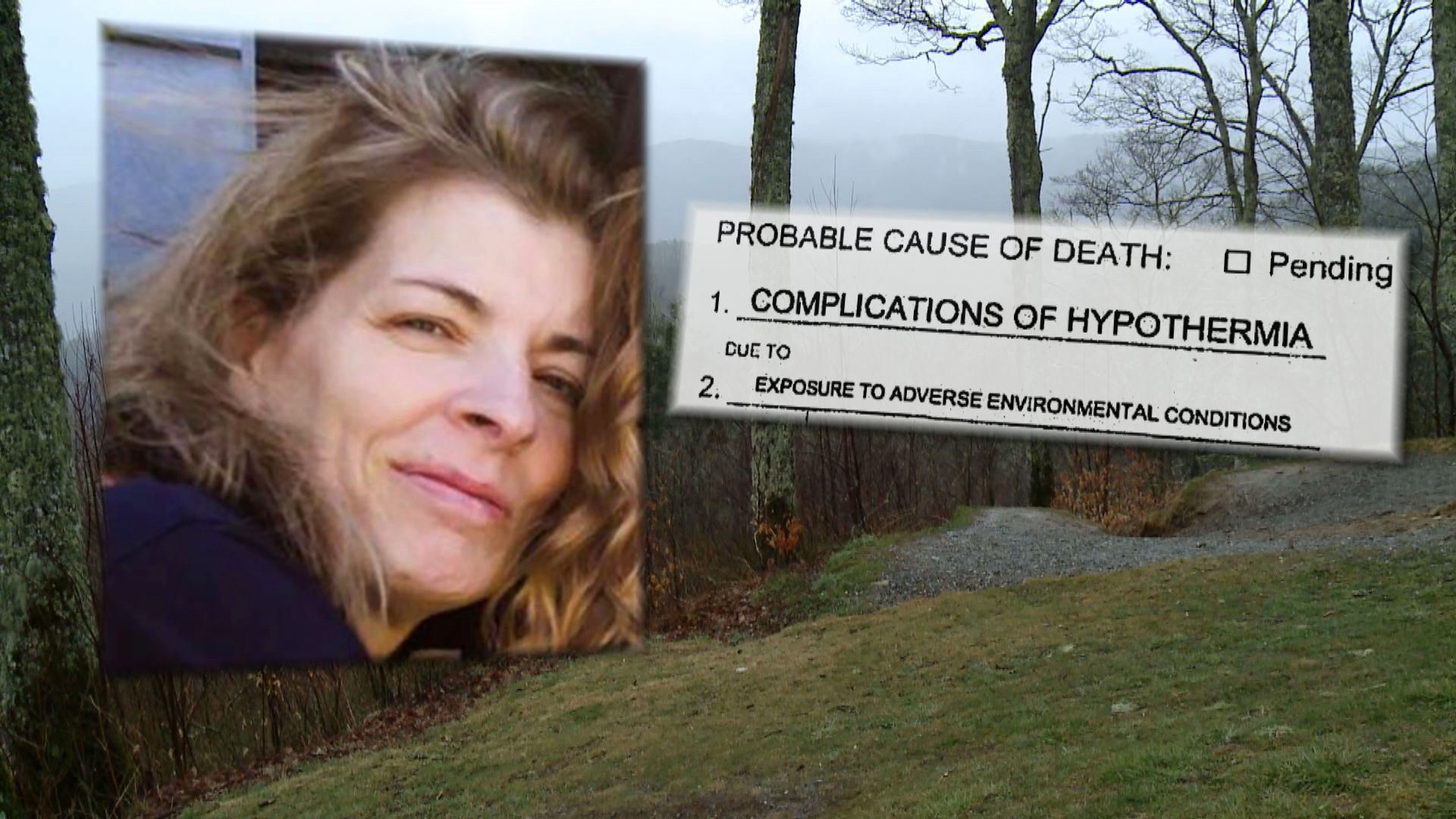The autopsy for Susan Clements says hypothermia killed the 53-year-old Ohio woman in the Great Smoky Mountains National Park in 2018.
The Swain County, N.C. medical examiner wrote the cause of death was "complications of hypothermia" due to "exposure to adverse environmental conditions."
The report says the death was an accident and lists dehydration as a contributing factor. Clements had no other signs of significant trauma. There were no signs of foul play.

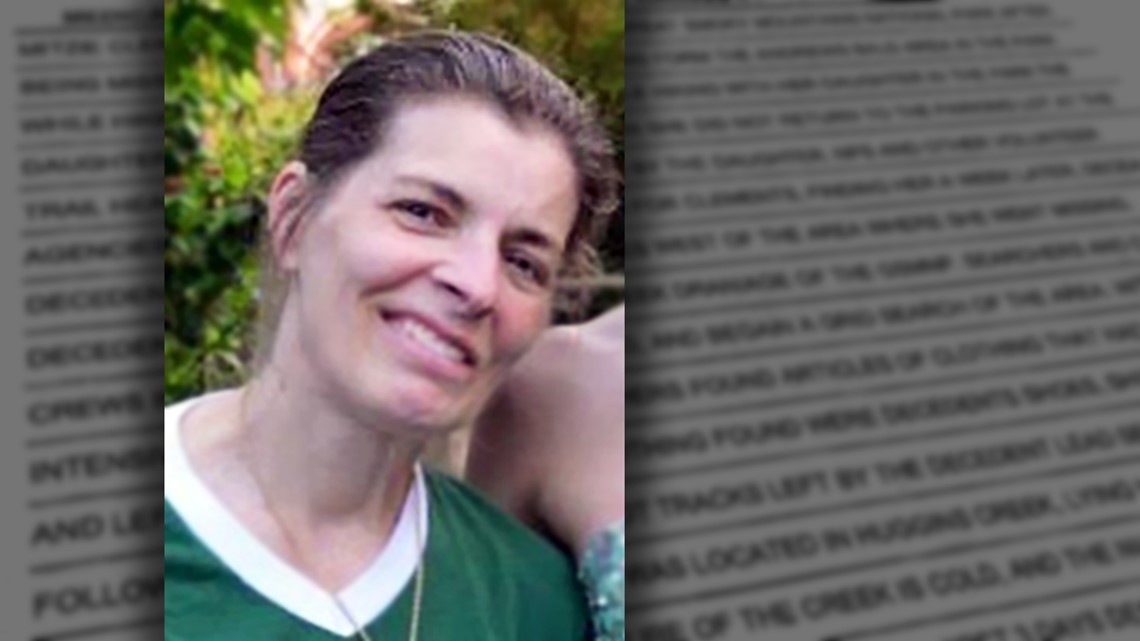
Clements was reported missing by her daughter on Sept. 25, 2018, at Clingmans Dome.
Crews found her body Oct. 2 in a rugged drainage area three-quarters of a mile below the Appalachian Trail, a couple of miles west of Clingmans Dome.
WOEFUL WEATHER WORSENED
On Tuesday, Sept. 25, 2018, Susan Clements and her 20-year-old daughter parked at Clingmans Dome and hiked to Andrews Bald.
The moderate out-and-back trek is around 3.6 miles round-trip on the Forney Ridge Trail.
On the return-hike from Andrews Bald, Susan Clements decided she did not want to also hike up to the popular Clingmans Dome observation tower.
She was last seen at 5:30 p.m., around a quarter-mile from Andrews Bald, when she told her daughter to run ahead to the tower. The two planned to meet in the parking lot.
Susan Clements never arrived. It was getting dark and her daughter reported her missing.
Crews immediately searched a few miles of the Forney Ridge Trail and the adjoining Appalachian Trail, but nobody had seen her. Weather and visibility presented major obstacles.

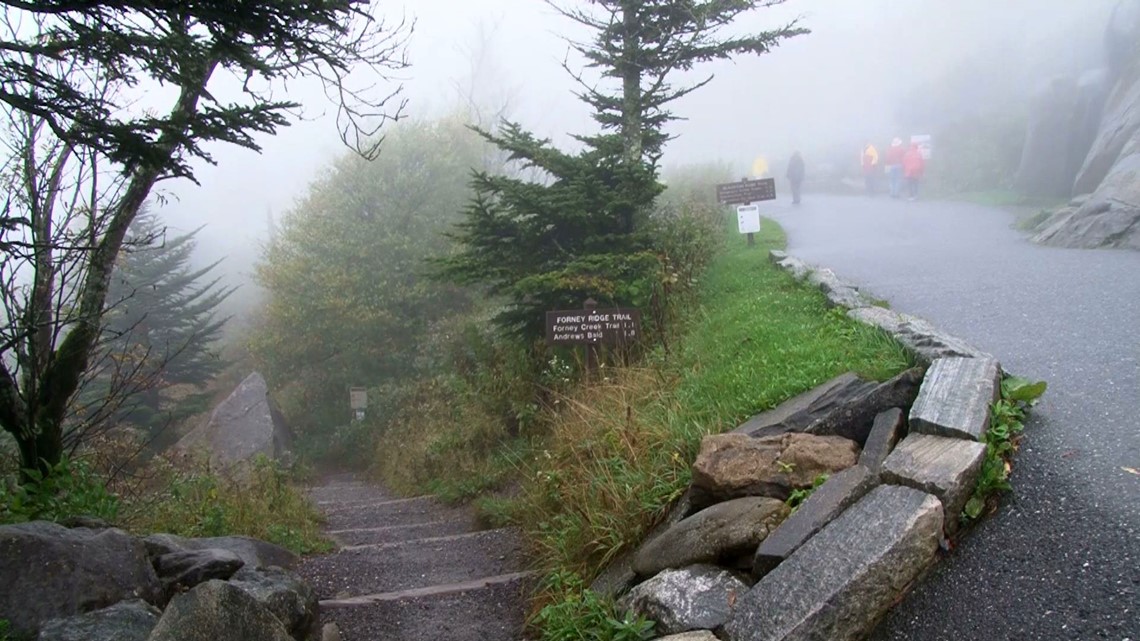
"It had gotten dark and the mountain was in the clouds already that night. Any time you have reduced visibility on a search, it is going to complicate things," said Jared St. Clair, the GSMNP chief ranger during the search. "With it getting dark and rainy, there were also very fewer hikers on trails. That is usually a very busy area. The few hikers we could find had not seen her."
Clements was wearing a zip-up sweater, spandex pants beneath a pair of capri pants, athletic shoes and a plastic poncho. She was somewhere in the pitch dark with no food, flashlight, phone or other supplies.
A massive grid-search ensued, but the weather only worsened. For the next few days, Clingmans Dome remained socked in by dense clouds that dumped three inches of rain on the mountain. High temperatures were in the 50s with lows in the 40s. Aerial assistance was not possible for a few days.
WRONG TURN AND OFF THE TRAIL
After a few days of searching, crews located part of the poncho Clements was wearing in an area south of the Appalachian Trail. Searchers went farther down the heavily-wooded Huggins Creek drainage and found more clothing Clements had removed.
On Oct. 2, 2018, they found her dead, lying on her back in the cold water of Huggins Creek. The area was so steep and dense, her body had to be airlifted by a National Guard helicopter.


Clements had missed the turn to the Clingmans Dome parking area from the Forney Ridge Trail. She kept going a couple of miles on the Appalachian Trail.
At some point, she went off the trail and into a rugged area where she died from hypothermia. The autopsy does not give a time of death.
There are many possible reasons someone could miss the turn to Clingmans Dome. Likewise, there are countless reasons someone may get off the trail.
Rangers and the medical examiner have no certain answers and choose not to speculate.
The medical examiner's report stated her clothing was "not sufficient for the adverse weather." It also said Clements "was not carrying a pack with food, water, or means of shelter or other layers of clothing."
HYPOTHERMIA RISKS AND PARADOXICAL BEHAVIOR
Dr. Russ Langdon is an anesthesiologist and head of the Neurocritical Care unit at UT Medical Center. He's also an expert in wilderness medicine, having studied the field of medical care outside urban environments since the early 1970s.
Although Dr. Langdon did not participate in the Clements case, he has extensive knowledge about the dangers of hypothermia for all hikers in the Great Smoky Mountains.


"The Smoky Mountains are a very dangerous area, any month of the year," said Langdon. "You have a combination of wind, which is significant, and rain, and the cold weather. This allows the body to lose a tremendous amount of heat. A lot of times we don't think about hypothermia because we live in the warm South, but it is easily possible in the Smokies. Especially when you're at higher elevations like Clingmans Dome."
Langdon said the choice of clothing for many day-hikers can put them at risk when a hike does not go as planned.
"The problem is you go outside, it's 50 degrees, and you think you are going to be okay because you're only going out for the day. You usually don't have any extra clothes with you for a worst-case situation," said Langdon.
The autopsy for Clements says she demonstrated "paradoxical undressing suggestive of and consistent with a hypothermic event."
Dr. Langdon said it is very common for people suffering from hypothermia to feel overheated and remove their clothes.

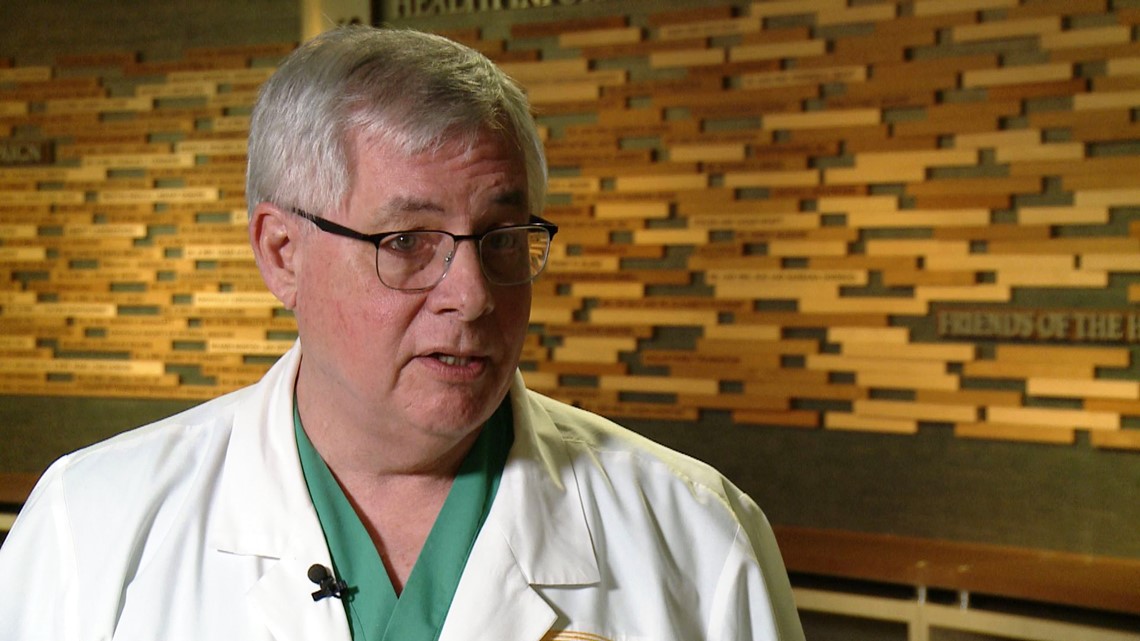
"We estimate between 20 to 50 percent of all cases of accidental hypothermia, which this is, we notice the victims actually have no clothes on," said Langdon.
Langdon shared one theory for what happens in the body that frequently causes people to paradoxically remove clothing when they're dying due to the cold.
"When you're really cold, your body shivers to generate heat. It also shunts warm blood away from your skin and concentrates it at your core. But you're using a lot of energy when you shiver. Your body can only sustain it for so long. When shivering stops, all that warm blood in your core rushes to the rest of your body," said Langdon. "Your skin, which had no blood, suddenly has a tremendous amount of blood. You start tingling and you get a hot flash. The first thing you do in that situation, when your mind is not working anyway, is go, 'It is warm. I'm going to take all my clothes off.' Death happens very soon after that. That is when most deaths in hypothermia occur, when that blood goes from the warm core into the very cold outside skin."
The autopsy does not provide a time of death for Susan Clements. Dr. Langdon said it is possible for hikers in identical conditions to Clements to die the first night.

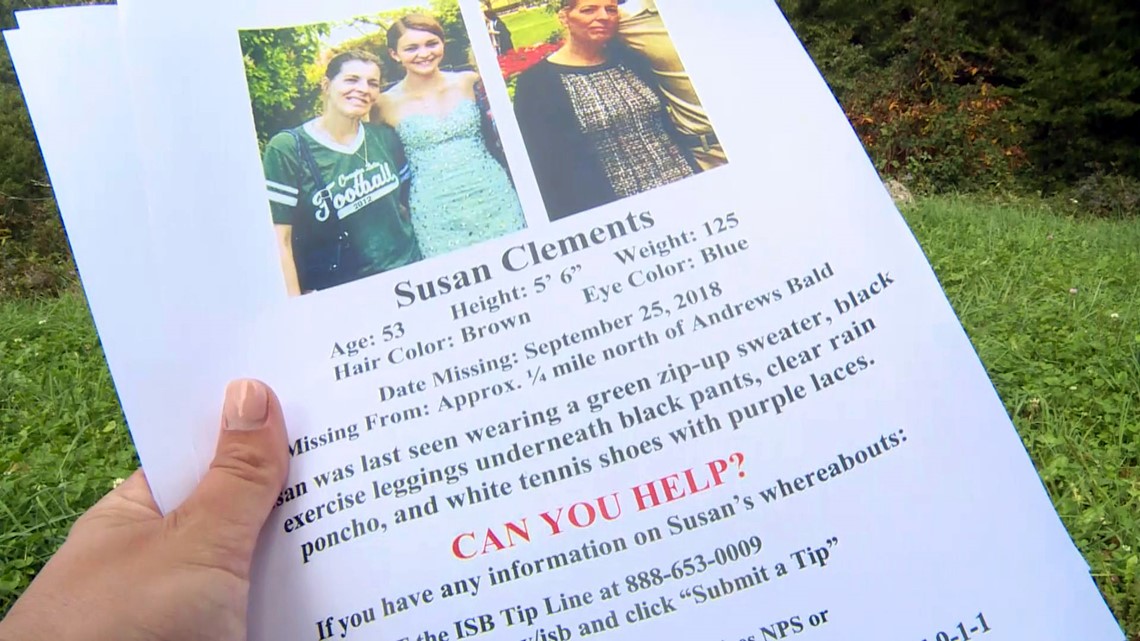
"Once you start shivering, your body may not be able to last an hour. It can happen very quickly. If you are in the wrong place at the wrong time, an hour of intense shivering may be enough that your body starts to shut down," said Langdon.
In a since-removed public post on YouTube, the oldest daughter of Susan Clements stated her mother had been on a diet and was eating less than normal.
DEATH "AFFECTS ALL OF US"
Ranger Jared St. Clair was one of the more than 125 people who worked to find Susan Clements. His primary concern is the Clements family.
Without putting anything above the family's pain, he also acknowledges the tragic outcome was traumatic for the rangers and searchers.

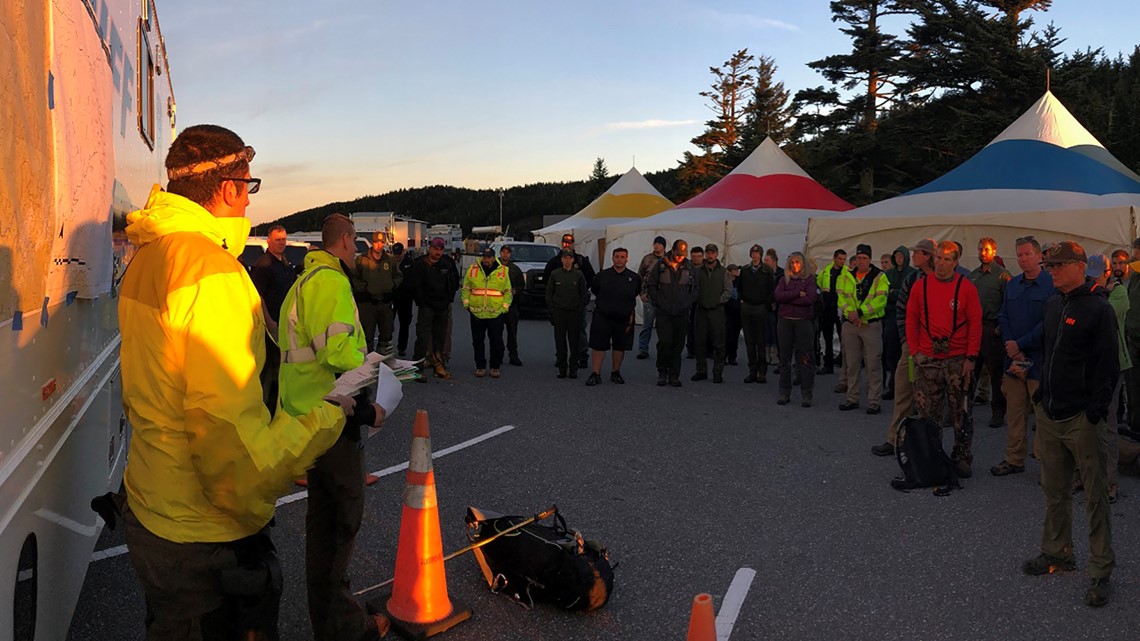
"We make sure the family is involved in everything we're doing and work very closely with them. We really get to know the family very well over multiple days. So, as they're experiencing it, we're experiencing it and going through it with them. You can't help but form close relationships. It becomes very personal. It certainly affects all of us," said St. Clair.
Susan Clements lived in Cleves, Ohio, and had three children. WBIR recently spoke with her oldest daughter, 23-year-old Elizabeth Clements.
She asked WBIR to share her family's thanks to the workers who helped with the search. She also expressed thanks for the many well-wishes and prayers her family has received.
However, she emphasized the family appreciates privacy as it continues to cope with her mother's death.
PREVIOUS RELATED REPORTS
Sep. 28, 2018: National Park officials offer hiking safety tips

